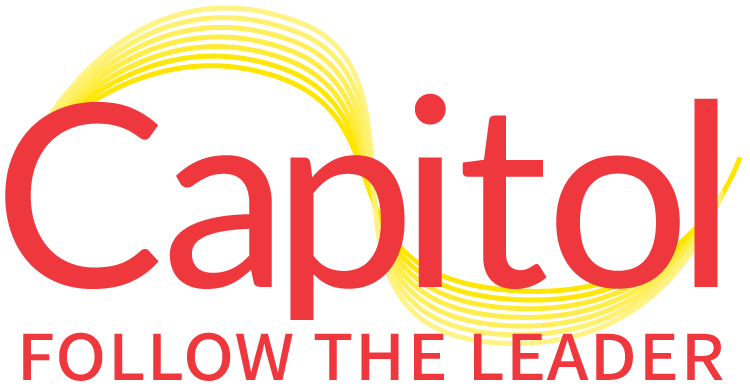Why does a body corporate exist?
A community titles scheme (CTS) is a scheme under which multiple lots and some common property can be created over one parcel of land, and these lots can then be owned by separate individuals. This type of scheme is common for duplexes, residential unit blocks, townhouse developments, commercial buildings and industrial parks. When a CTS is first registered, a body corporate for that CTS is also created.
What is a body corporate?
The body corporate is a legal entity and its operations are governed by the Body Corporate and Community Management Act 1997 (the Act). Put simply, a body corporate is like a company and the owners of each lot are like the shareholders. Each body corporate has a community management statement (CMS), this is like the constitution of the body corporate. The CMS is registered with the QLD Government and contains the body corporate name and CTS number, a description of the lots and common property, the entitlements for each lot in the scheme, the by-laws, a list of any easements or exclusive use grants, and can contain other information relevant to the scheme. The body corporate operates on a financial year that is based around the time that the body corporate was first established. If the body corporate was first registered in March, the body corporate’s financial year would typically be 1 March – 28 February each year. Much of the body corporate’s operations are based around these key financial year dates.
What is the role of the body corporate?
The primary objective of the body corporate is to manage and maintain the common property in the best interests of all owners. Some other general responsibilities of the body corporate are to:
- Determine the contributions (levies) payable by owners required to fund the operation of the body corporate.
- Collect additional contributions for the future maintenance of the common property (sinking fund).
- Insure the common property, including public liability insurance.
- Establish by-laws (rules) that govern:
- Management and control of common property and body corporate assets;
- Use and enjoyment of lots, common property and assets.
- Keep records of the body corporate’s operations, including meeting minutes, roll of owners, financial accounts and various other registers.
Who is a member of the body corporate?
All lot owners in the CTS are automatically members of the body corporate and this membership is compulsory – an owner may not opt-out of membership to the body corporate. A member of the body corporate may appoint a proxy, agent, corporate nominee, Power of Attorney etc to act on their behalf and deal with the body corporate on certain matters.
What are lot entitlements?
Lot entitlements are used to divide body corporate expenses and ownership of the common property amongst the lot owners, similar to the way a company is held by its shareholders. In many bodies corporate, these entitlements are equal, meaning each lot owner contributes the same amount in levies, and has an equal ownership share in the common property.
In other schemes, such as a high-rise on the Gold Coast for example, a four bedroom penthouse apartment may have more entitlements than a one bedroom apartment. The difference in entitlements means the owner of a penthouse contributes in greater proportion to the administrative and sinking funds, and also may own a larger share of the common property.
Each lot in the scheme has two schedules of lot entitlements – ‘contribution schedule’ and ‘interest schedule’. A table of the two schedules of entitlements for the entire scheme is contained in the CMS, see example below:
| Lot on plan | Contribution schedule | Interest schedule |
|---|---|---|
| Lot 1 on SP12345 | 1 | 22 |
| Lot 2 on SP12345 | 1 | 22 |
| Lot 3 on SP12345 | 3 | 33 |
| Lot 4 on SP12345 | 4 | 37 |
| Totals | 9 | 114 |

